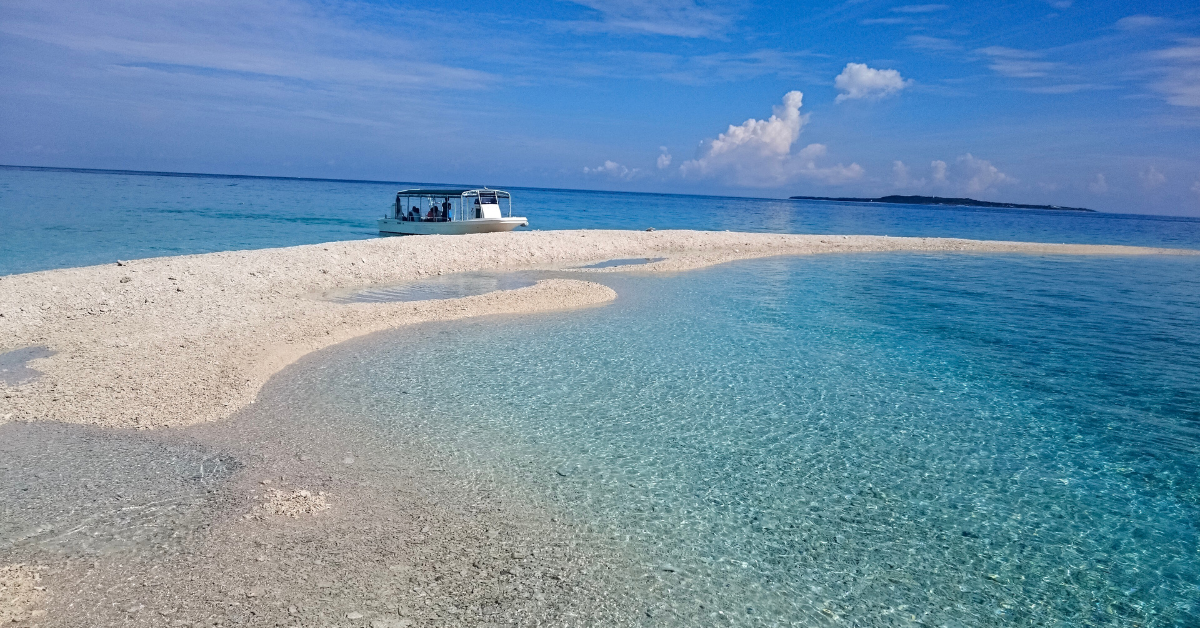Amami Oshima, Tokunoshima, Northern Okinawa, and Iriomote are four islands spanning Kagoshima and Okinawa Prefectures. In 2021, they were inscribed as a UNESCO World Natural Heritage Site, with endemic and endangered species highly valued. Beyond nature, the warmth of the local people and their unique culture captivate visitors.
- Shared Attractions and General Reputation in Japan
- Distinctive Features and Reputation by Island
- Warmth of Residents and Impressions from Visitors
- Nature Conservation and Pride as a World Heritage Site
- Unique Experiences Valued by Foreign Visitors
- Practical Preparations for a Comfortable Trip
- Seasonal Attractions and Tips
- Educational Value of the Islands
- Conclusion
Shared Attractions and General Reputation in Japan
These islands share one core appeal: abundant nature and the warmth of the people. Subtropical forests and crystal-clear seas have earned them the title of “Japan’s hidden paradises.” Islanders value coexistence with nature, which deeply impresses many Japanese people. The fact that these islands remain peaceful and less urbanized is also a key reason they are highly rated.
Distinctive Features and Reputation by Island
| Island | Main Nature | Culture | Reputation |
|---|---|---|---|
| Amami Oshima | Mangrove forests, star-filled skies | Oshima Tsumugi silk, brown sugar shochu, island songs | Praised for harmony of nature and culture |
| Tokunoshima | Raised coral reefs, cliffs and ocean | Bullfighting, longevity food culture | Seen as powerful yet rustic |
| Northern Okinawa | Yambaru forests, waterfalls | Village rituals, woodcraft | Ideal for natural learning experiences |
| Iriomote Island | Mangrove rivers, waterfalls | Small community cooperatives | Admired as a destination for adventure |
Warmth of Residents and Impressions from Visitors
Foreign visitors often say they felt “kindness and safety” from local residents. Greetings and casual conversations happen naturally, allowing travelers to blend into island life. Japanese visitors also appreciate the “nostalgic sense of human connection” that is hard to find in cities, making these islands memorable.
Nature Conservation and Pride as a World Heritage Site
| Conservation Target | Feature | Reputation |
|---|---|---|
| Amami Rabbit | Rare nocturnal mammal | Symbol of preservation efforts |
| Iriomote Cat | Endangered species unique to Iriomote | Icon of wilderness |
| Yambaru Forest | Rich subtropical biodiversity | Praised for learning and conservation |
| Coral Reefs | Marine biodiversity hotspot | Balancing tourism and conservation |
These natural treasures are not just tourist attractions but sources of pride and responsibility for Japanese people.
Unique Experiences Valued by Foreign Visitors
| Experience | Attraction | Reputation |
|---|---|---|
| Canoeing | Exploring mangrove forests | Extraordinary and popular |
| Trekking | Walking to waterfalls and forests | Highly educational |
| Stargazing | Minimal light pollution | Unforgettable views |
| Traditional Food | Island tofu, brown sugar cuisine | Deepens cultural understanding |
For foreigners, the islands are valued as places where they can experience “the real Japan.”
Practical Preparations for a Comfortable Trip
| Item | Recommended Preparation | Reason |
|---|---|---|
| Rain Gear | Lightweight raincoat | For sudden subtropical showers |
| Shoes | Waterproof trekking shoes | Essential for forest and river activities |
| Night Equipment | Small flashlight | Few streetlights, ensures safety |
| Mosquito Protection | Insect repellent spray | For subtropical mosquitoes |
Proper preparation leads to safe and fulfilling travel experiences.
Seasonal Attractions and Tips
| Season | Feature | Reputation |
|---|---|---|
| Spring | Fresh greenery and river scenery | Calm and pleasant |
| Summer | Best for marine activities | Popular with families |
| Autumn | Clear post-typhoon air, great for hiking | Exceptional beauty |
| Winter | Cool climate, ideal for stargazing and cultural immersion | Quiet and relaxing trips |
Stays of three nights or more bring higher satisfaction, offering more relaxed itineraries than short trips.
Educational Value of the Islands
These islands are not just travel destinations but living classrooms of nature and culture. Japanese families often report children learning from observing leaves, sand, and night air. Foreign visitors, too, find deep understanding through guides and exhibits, even if English explanations are limited. Such experiences often inspire reflection on their own country’s environment, giving the trip lasting meaning.
Conclusion
Amami Oshima, Tokunoshima, Northern Okinawa, and Iriomote Island enjoy a strong reputation both in Japan and abroad. Their natural richness, local warmth, cultural depth, and pride as a World Heritage Site create an experience unlike any other. For travelers, these islands are more than tourist spots—they are places to feel the Japanese spirit and values firsthand. The memories made here stay vivid, making the journey a life-enriching experience.






